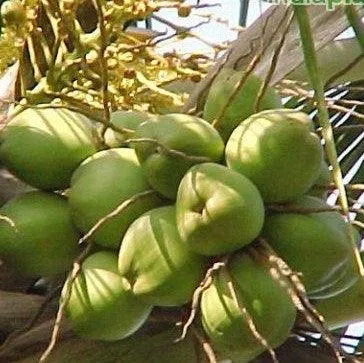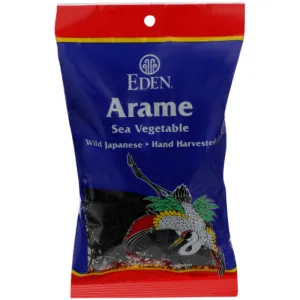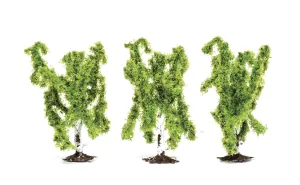- Common name:
- Coconut Tall, Banawali, Tiptur
- Regional name:
- Marathi - Naral, Maad, Hindi - Nariyal, Bengali - Dab, Gujarati - Naliyer, Kannada - Tenginamara, Malayalam - Teng, Sanskrit - Duraruha, Tamil - Tengay, Telugu - Narikelamu, Urdu - Nariyel
- Category:
- ,
- Family:
-
Introduction
The West Coast Tall Coconut (Cocos nucifera) is a popular variety of coconut palm known for its high yield, large fruit size, and good resistance to pests and diseases. It is widely grown in tropical and subtropical regions, particularly along the western coastlines.
Plantation
- Location: Choose a sunny location with well-draining soil, ensuring that the tree has enough space to grow (at least 30 feet from buildings, other trees, or structures).
- Propagation: Propagate the West Coast Tall Coconut tree using healthy, mature seeds (coconuts) with a visible sprout or "eye."
- Planting: Dig a hole twice as wide and deep as the coconut's size, placing the sprouted end upwards and filling the hole with a mix of soil and compost.
Growing
- Watering: Water the young coconut tree regularly, keeping the soil consistently moist but not waterlogged. Mature trees can tolerate some drought but still need adequate water for optimal fruit production.
- Fertilization: Apply a balanced slow-release fertilizer (e.g., 10-10-10) every 3-4 months, supplementing with micronutrients if necessary.
- Spacing: Plant trees at least 25-30 feet apart to ensure proper growth and sunlight exposure.
Care
- Pruning: Prune only dead or damaged fronds, as excessive pruning can weaken the tree and increase vulnerability to diseases and pests.
- Pest Control: Monitor for pests like mealybugs, scale insects, and spider mites, using organic or chemical treatments as needed.
- Disease Management: Prevent diseases like lethal yellowing and bud rot by maintaining proper tree health, removing infected trees, and applying appropriate treatments.
Benefits
- Nutritional Value: Coconut provides essential nutrients, such as vitamins, minerals, and healthy fats.
- Medicinal Uses: Coconut oil, milk, and water are used in traditional medicine for their antimicrobial and anti-inflammatory properties.
- Economic Value: Coconuts have a wide range of uses, including food, cosmetics, and textiles, contributing to local and global economies.
- Environmental Benefits: Coconut trees help prevent soil erosion, sequester carbon, and provide habitat for various species.















